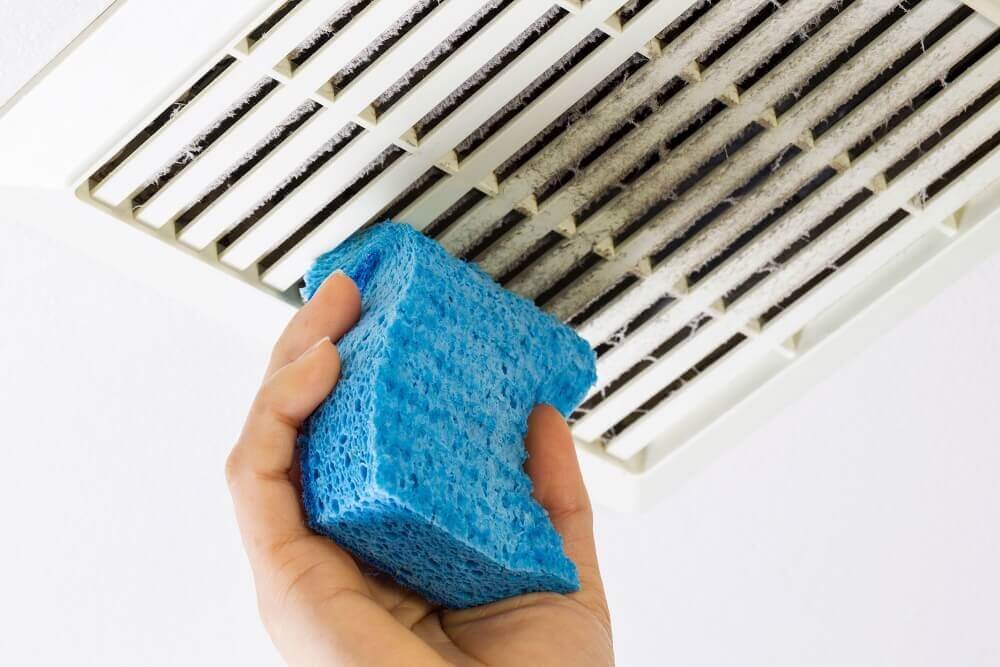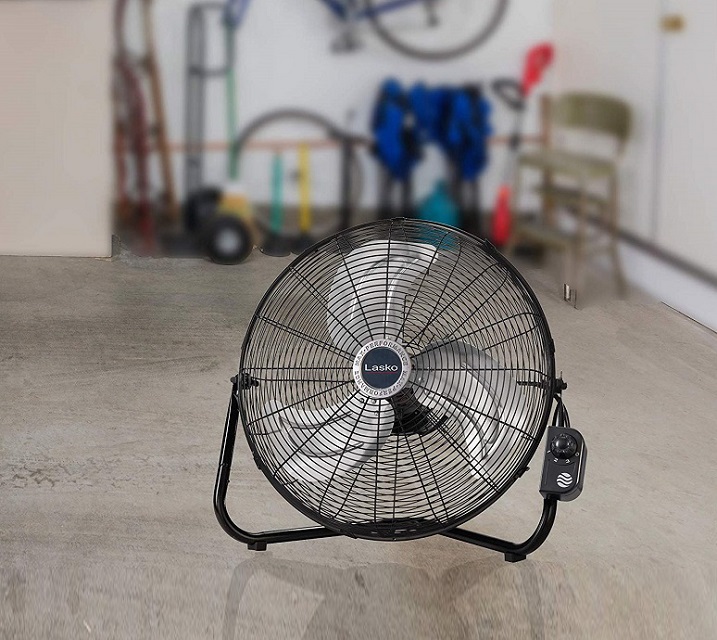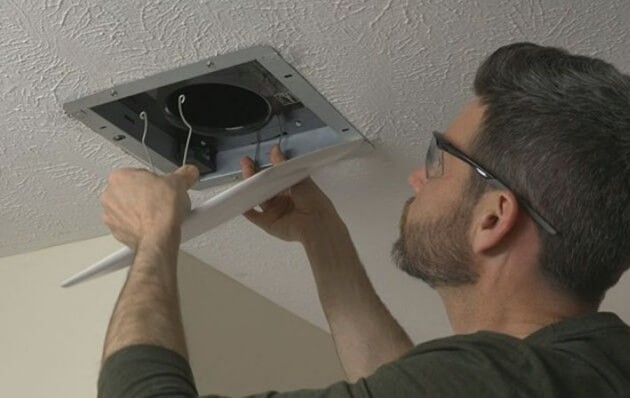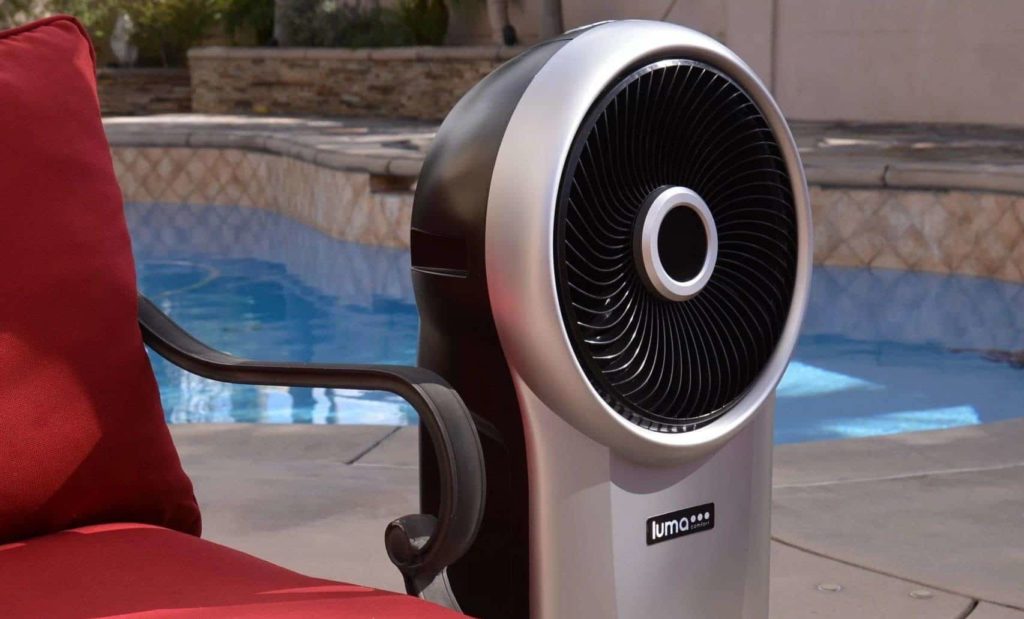

Dirty fans can circulate all sorts of unwanted debris in the air you breathe all around the room. Cleaning the ceiling fan regularly enough can prevent this issue, keeping your living space that much healthier and cleaner.
How often you clean varies depending on the room and how prone it is to dust, how often the fan is used, and how dusty it is wherever you live. For instance, the ceiling fan of a kitchen will need more cleaning vs. that of your living room because of the food residue from cooking.
On average, a ceiling fan should be cleaned every 3 months. And the best way to do so is to find out how to clean ceiling fans without making a mess. Here are some different ways you can consider:
With all the cooking that goes on in the kitchen, there’s no doubt that every surface in there is more liable to receive food-related stains and messes. The top of the kitchen ceiling fan is an especially easy place for dirt, grease, and unwanted debris to secretly collect and build up into a nasty, hard-to-clean mess without anyone noticing. The next time you use that dirty ceiling fan, you’ll be flinging all the loose debris everywhere and into the air, but you don’t want that.
Before getting the grease off, you need to prepare a bit, so you don’t end up with a bigger mess than the one you started off with. This means prepping up a “landing zone” covered with an old sheet or newspaper for all the dust and grime to fall right beneath the general fan area.
It’s best to also wear some sort of eye protection like safety goggles and a bandana so the falling debris doesn’t get on you or your eyes, which would otherwise be both difficult and painful to remove, respectively.
Tape down the fan switch. You definitely don’t want someone else at home accidentally turning on the fan, resulting in some ugly consequences.
When you’re done prepping the area, here’s how you go about cleaning a greasy ceiling fan:
For supplies you’ll need any sort of cleaner or household mixture that can cut through grease, plenty of clean, dry paper towels and spare rags, a cloth or sponge, and a stepladder to reach the fan.
Vinegar has become a popular household ingredient, especially when it comes to cleaning. With its impressive de-greasing properties, it can definitely prove useful in making your ceiling fan look like new and serve as an alternative to those chemical-based cleaners.
To clean your ceiling fans with vinegar, here’s what you’ll need:
Remember: Always prepare for cleanup according to the safety precautions mentioned before.
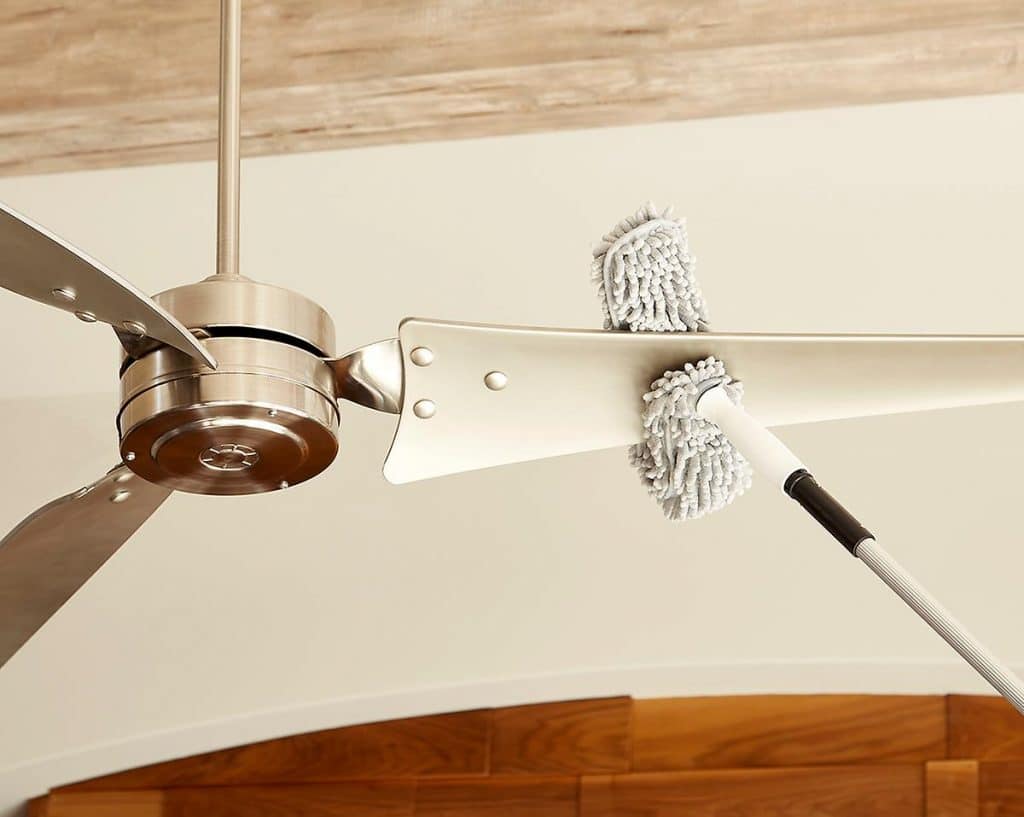
If you want to prevent this issue and clean your ceiling fan without getting dust everywhere, here are some tips on how to do it:
You’ll need a stepladder and a pillowcase for this neat, mess-free little method.
Safety first: Wear your goggles, keep the fan turned off and tape the switch down. It’s recommended to have someone assist you with the stepladder.
Using the pillowcase and stepladder is an ideal way to clean a high ceiling fan, but if you don’t have a ladder, you can always use or get an extension duster.
If you don’t have either, make your own by taping a static duster to the end of a broom or mop.
Depending on your preferred fan-cleaning method, you’ll need different materials. What you’ll need for sure is a tool to get rid of the loose debris, a solution to get rid of the tougher grease, extra material to keep the area clean, and some way to reach the fan blades.
The tool for loose cleaning could be anything from a rag or pillowcase to a vacuum cleaner or a proper long-arm ceiling fan duster. If you don’t have any, you can improvise attaching a short duster to an extended arm like a mop or broom stick. Using duct tape for attachment can work fairly well.
The solution should be anything that can get rid of grease easily: a product made specifically for de-greasing would be ideal, but any brand-name household cleaner or detergent would do. If you want to go full household cleaner, use vinegar and baking soda to get rid of grime instead.
To reach and clean the ceiling fan blades, using a stepladder or stool is recommended. If that isn’t an option for you, an extended-arm duster would work, as mentioned before.
Here are a few alternate cleaning methods using different supplies:
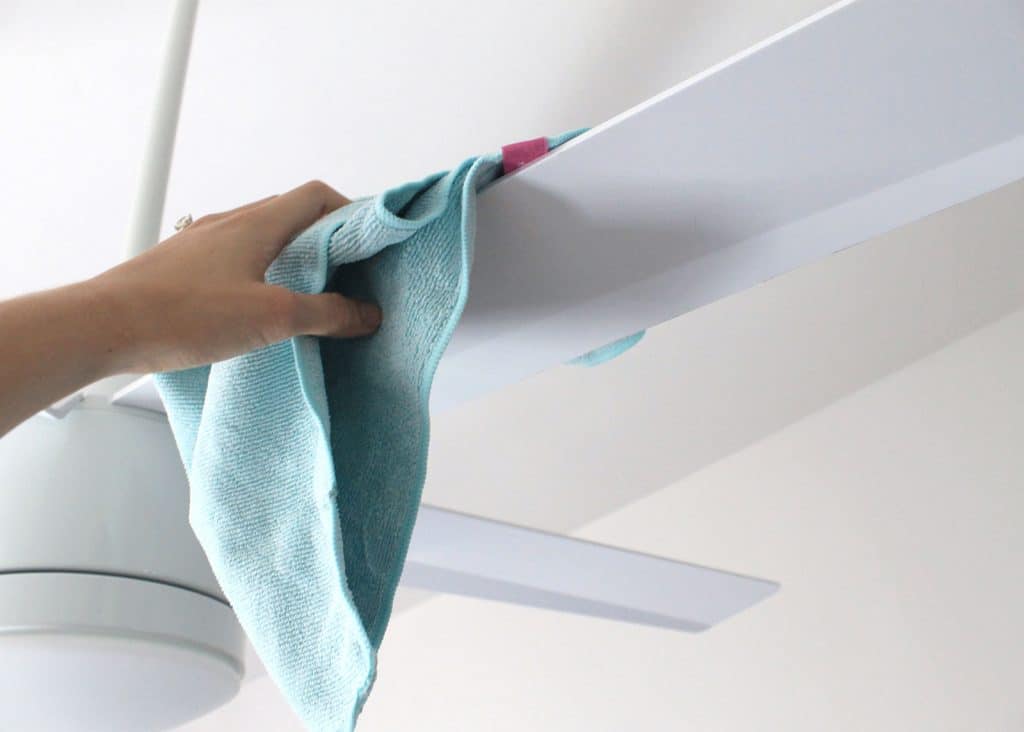 Using a vacuum cleaner:
Using a vacuum cleaner:This method can work in getting the dust off if you prefer using a vacuum cleaner to a pillowcase. It is also recommended when you are looking for a way on how to clean ceiling fans without getting dust everywhere.
By using the right attachments that can reach the ceiling fan, you can get the job done easier with or without step stools and potentially no dust falling around. The downside to this is it won’t take the grease out too well, so using a vacuum cleaner is recommended for ceiling fans in other rooms besides the kitchen.
This is ideal for more regular cleanings. You’ll need less effort each time if you clean the fans more often, after all.
It starts off with the regular safety setup. Add newspaper or old cloth beneath the fan for collecting the dust. Have a vacuum or broom on hand to collect the fallen dust. Use your extended duster (or your duct-taped duster-broomstick) and collect the debris by picking up the newspaper and sweep up the rest. The only downside to this method is that there is no guarantee that everything gets clean, as you can’t see all the debris for yourself.
If you have extremely dirty fans, then the no ladder way may not be the right way of how to clean ceiling fan blades.
After cleaning your ceiling fans, it would also be very helpful to take some preventative measures so you can optimize the longevity of your fan (and the next time you have to clean won’t be such a chore).
There’s no way your fans will stay perfectly clean forever, but you can make sure you’ll breathe easier if you take some time every week or every other week to dust off the blades. For the kitchen ceiling fans especially, you should wipe the blades down after cooking greasy foods, to prevent any more major buildup.
One important factor people often forget about is the motor, which is just as prone to dust and grease but has the consequence of overheating if left untreated. Be sure to check out and clean your motor occasionally to avoid this problem.
